An active game that allows students to test and build their phonetic knowledge.
This teaching resource is an upbeat way for students to test and build their phonetic knowledge. In this active game, students must quickly create a chain of words by changing one letter from the previous word.
Physical activity can have a positive impact on the brain and can improve cognition, mood, attention and engagement in students. So, why not give it a go?
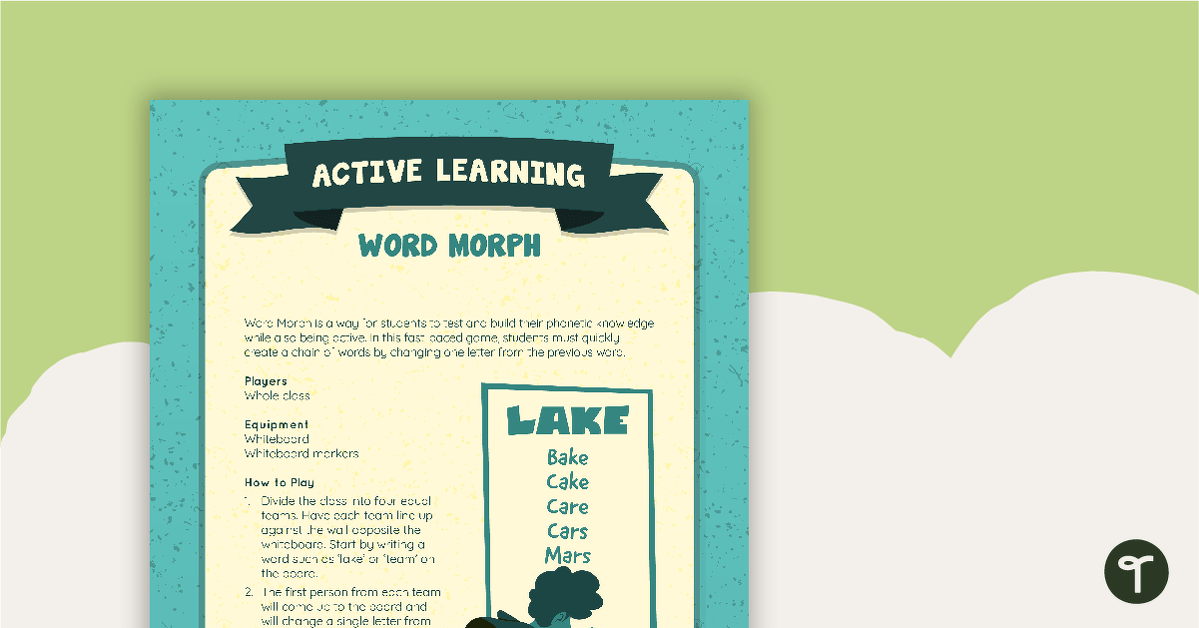

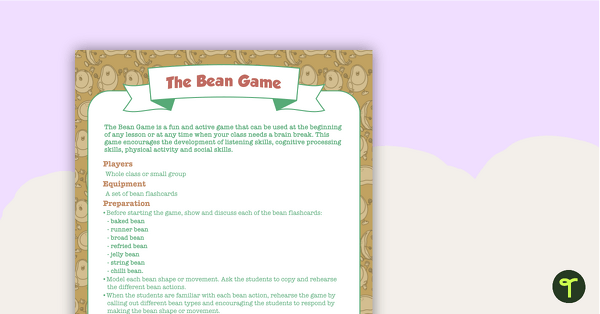
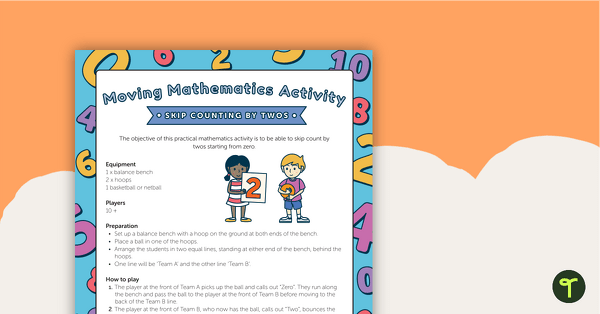
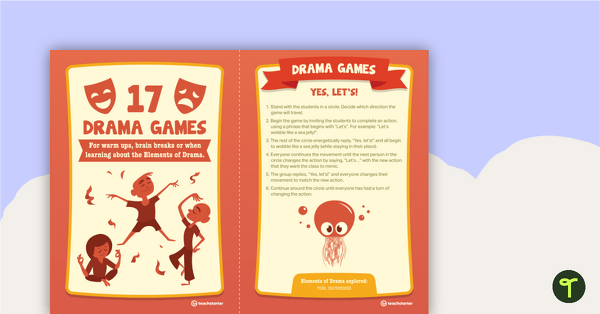
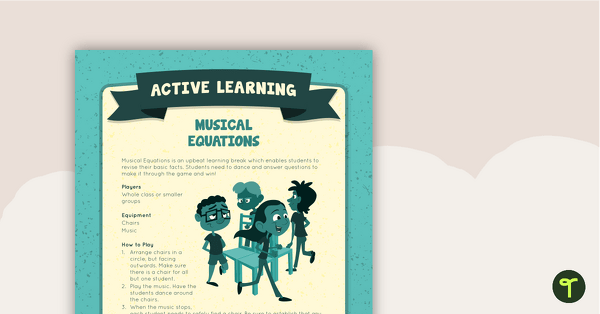
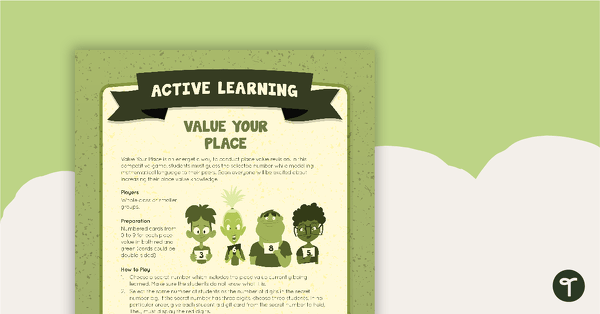
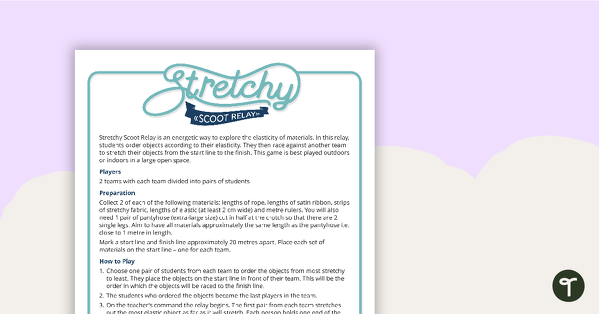
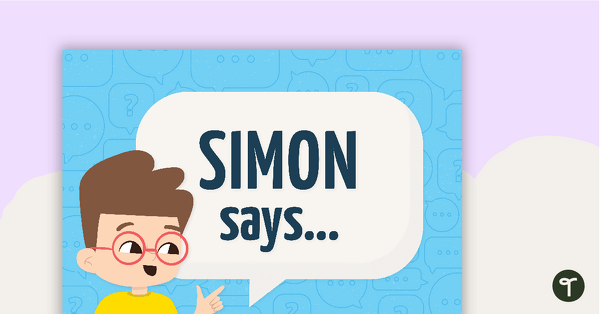
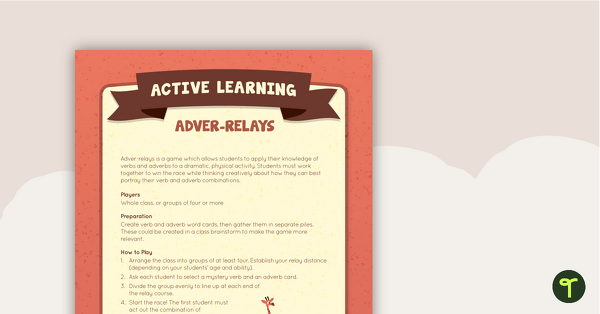

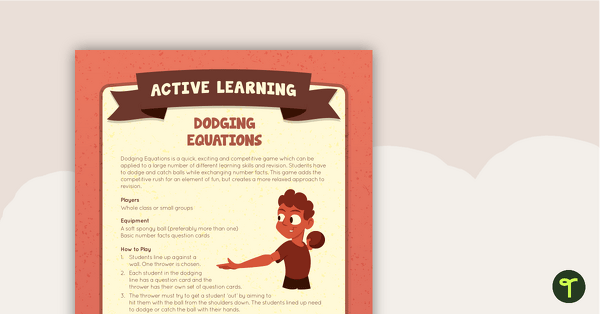
0 Comments
Write a review to help other teachers and parents like yourself. If you'd like to request a change to this resource, or report an error, select the corresponding tab above.